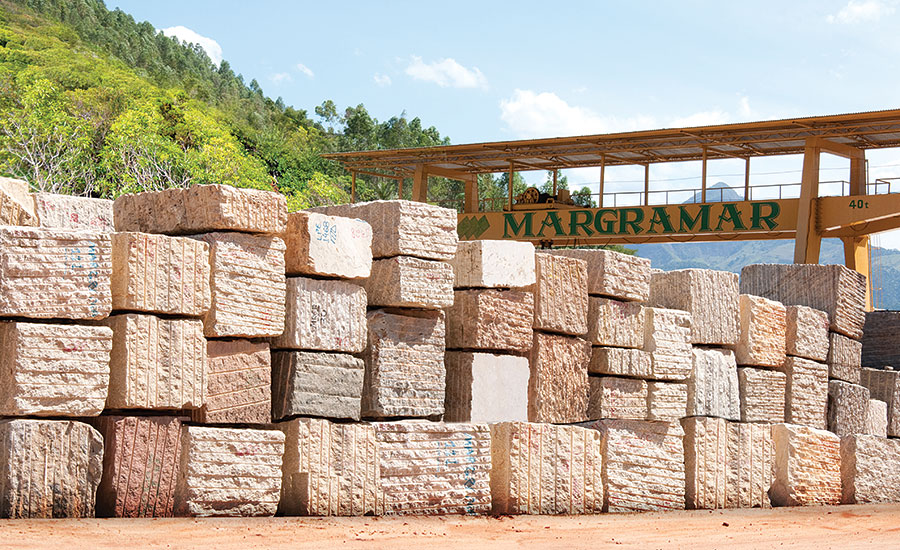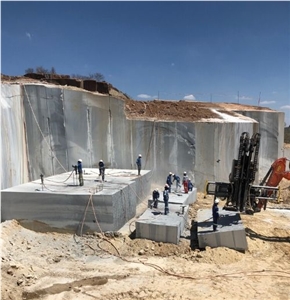Uncovering the Charm of Granite Quarry in South Africa Marvels
Uncovering the Charm of Granite Quarry in South Africa Marvels
Blog Article
Discovering the Rich History and Sustainable Practices of Granite Quarrying
As we depend on the precipice of revealing the intricate tapestry of granite quarrying, a journey via time exposes not simply the physical act of removing rock yet also the cultural and historic value woven right into the very fabric of this method. From the ancient beginnings that laid the structure for modern quarrying strategies to the lasting methods that are forming the future of this industry, each sculpt mark on granite surface areas tells a tale waiting to be uncovered (granite quarries in south africa). The legacy of granite quarrying stretches far beyond plain extraction; it is a testament to human resourcefulness, durability, and the long-lasting allure of this magnificent stone
Old Origins of Granite Quarrying
Dating back to old civilizations, the method of quarrying granite has actually been an essential component of human background and architectural advancement. The earliest proof of granite quarrying days back to old Egypt, where large pyramids and detailed sculptures were crafted from this durable rock. The Egyptians used primitive tools to extract granite blocks from quarries, showcasing the value of this product in their significant constructions.
Moving on in background, the Greeks additionally made substantial contributions to the quarrying of granite. The Greeks utilized granite in numerous building wonders, such as holy places and statues, demonstrating their skill in shaping and carving this durable stone. The Romans additionally improved the techniques of quarrying granite, employing advanced tools like knives and hammers to extract and form granite for their famous frameworks.
With the centuries, the method of quarrying granite has advanced, with modern technologies improving efficiency while keeping the classic allure of this all-natural rock - granite quarries in south africa. From ancient civilizations to contemporary building contractors, the legacy of granite quarrying remains to form our globe
Development of Quarrying Strategies
The evolution of quarrying methods has been marked by a constant progression in the direction of higher performance and accuracy in drawing out granite. Early quarrying techniques entailed manual labor with fundamental devices such as knives, hammers, and wedges to remove granite blocks from the planet.
In even more recent times, the introduction of machinery reinvented the quarrying market, allowing much faster removal rates and boosted efficiency. Technologies such as ruby cable saws, high-pressure water jets, and pneumatic drills have come to be standard in modern-day quarries, permitting exact cutting and lowered waste. Advancements in computer-controlled equipment and 3D modeling have actually enhanced quarrying operations, leading to minimal environmental impact and boosted sustainability methods. As the need for granite proceeds to increase, the advancement of quarrying methods stays indispensable to meeting industry needs effectively and sustainably.
Cultural Importance of Granite
Granite holds an extensive social importance across numerous civilizations because of its long-lasting existence in architectural work of arts and revered monuments. From the majestic pyramids of Egypt to the detailed makings of the Angkor Wat temple in Cambodia, granite has been a product of choice for sharing majesty and longevity in cultural heritage. In ancient Rome, granite columns adorned temples and public buildings, signifying stamina and durability. The social significance of granite prolongs beyond its physical features; it symbolizes strength, security, and timelessness, making it an icon of sustaining traditions and traditions.

Sustainable Practices in Quarrying
In the middle of the abundant history of granite quarrying and its social importance lies a growing emphasis on sustainable practices within the industry. As environmental understanding and worries regarding source deficiency have enhanced around the world, the quarrying industry has actually significantly embraced sustainable approaches to minimize its influence on the environment and bordering areas.

Furthermore, reclamation and rehab of quarry websites post-extraction are essential to lasting practices. By restoring quarried areas to an all-natural or helpful state, such as producing wildlife environments or leisure areas, quarriers can offset the ecological impact of their procedures and contribute favorably to the local ecosystem.
Tradition of Granite Quarrying
With a historical background steeped in craftsmanship and industrial progress, what sustaining impact has granite quarrying left on the landscape of modern-day society? The tradition of granite quarrying goes beyond mere extraction techniques; it has formed building wonders, urban landscapes, and cultural heritage worldwide. The long lasting nature of granite has actually made it a recommended selection for monuments, buildings, and infrastructure, standing as a testament to the skill and artistry of quarry workers across generations.
Additionally, the economic impact of granite quarrying can not be forgotten. The market remains to give employment possibility and drive neighborhood economies in areas where granite extraction is common. It has also stimulated technological advancements in quarrying methods and equipment, leading to a lot more efficient and lasting methods.
In terms of sustainability, the heritage of granite quarrying consists of initiatives to mitigate ecological influences via reclamation jobs and liable source management. By stabilizing economic interests with ecological stewardship, the market strives internet to guarantee that future generations can remain to benefit from this long-lasting natural resource.
Final Thought

Report this page